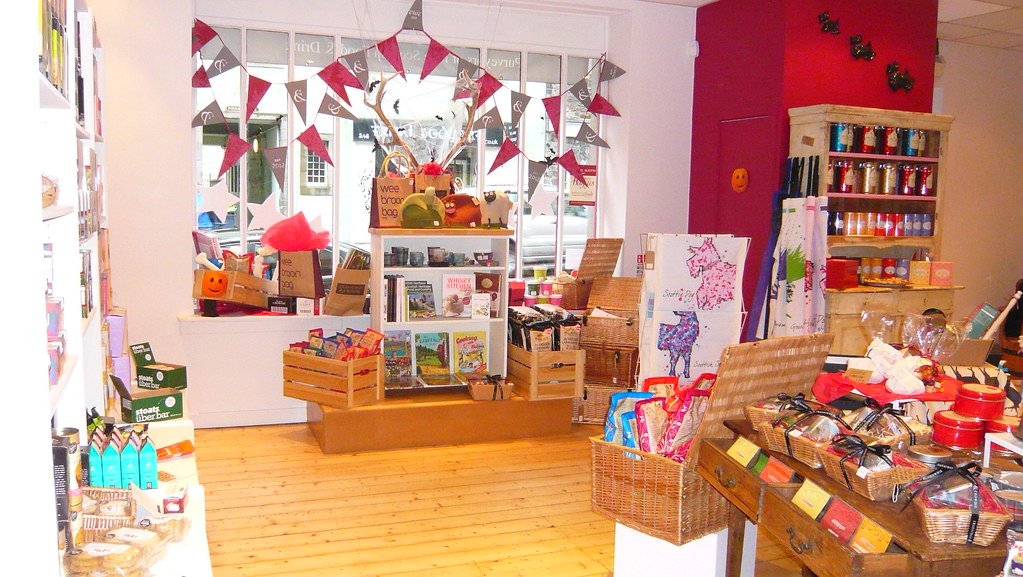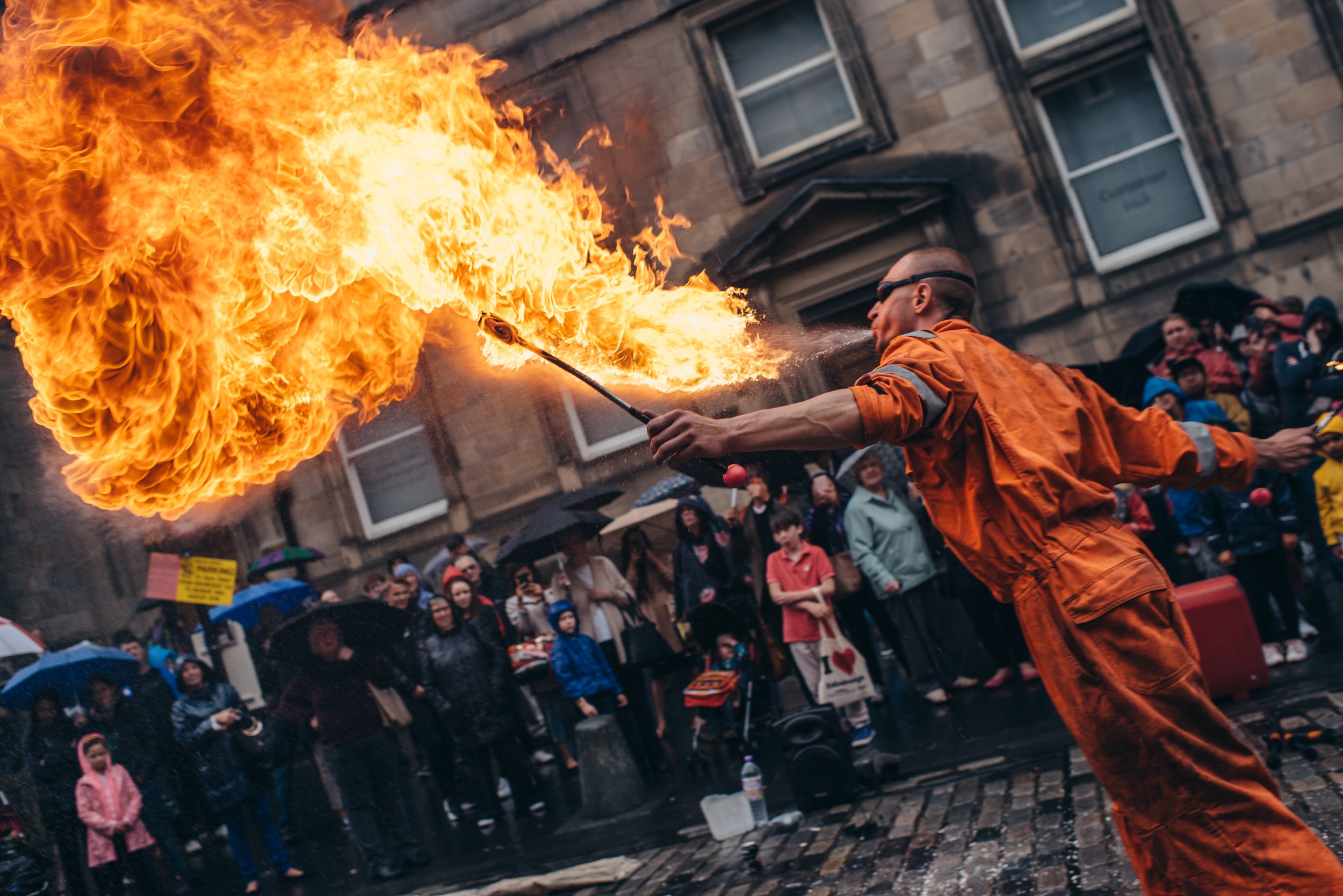If Edinburgh is an anthology of cobbled poetry, Victoria Street is its most enchanting verse.
Winding like a story you don’t want to end, this impossibly picturesque street in Edinburgh’s Old Town is a vibrant ribbon of candy-colored facades, indie shops, and ancient whispers. Whether you're a history geek, a Potterhead, or just trying to decide where to get your next flat white, Victoria Street offers a compact yet dazzling crash course in everything that’s right about the Scottish capital.
This is not your average stroll.
Why Victoria Street is the Star of Old Town Edinburgh
Spoiler alert: J.K. Rowling may have been scribbling away at The Elephant House café (a brief amble away), but fans swear Victoria Street is the real-life Diagon Alley. And one look at the curving skyline, the kaleidoscope storefronts, and the shop called The Boy Wizard is enough to make any Muggle believe.
Perched just off the Royal Mile, Victoria Street was constructed between 1829 and 1834 as part of an elegant facelift for a city already older than half the continents. In true Edinburgh fashion, city planners built progress on medieval foundations — literally. The lower layer of the street is peppered with vault-like shop spaces born from the 16th century. Spooky? A bit. Chic? Absolutely.
With its two-tier design — a lower, curving street lined with shops and an upper terrace accessible from George IV Bridge — Victoria Street introduces you not just to geography, but to good old-fashioned Highland drama.
How to Spend a Perfect Afternoon on Victoria Street
Start at the top near the George IV Bridge. Better to go downhill and let gravity help so you can save your energy for carrying shopping bags.
Stop 1: Camera Obscura and World of Illusions
Before you even hit Victoria Street itself, peer into the nearby Camera Obscura – a Victorian-era optical oddity turned trippy funhouse. View live projections of the city and step into a vortex tunnel that will make your stomach question your decisions. Not exactly Victoria Street, but close enough to warm you up.
Stop 2: Pop into Independent Shops
You're not just browsing. You're exploring an indie retail ecosystem.
· The Red Door Gallery – For quirky artwork and prints that scream “I’ve been to Edinburgh and I have taste.”
· The Knight’s Vault – Think Game of Thrones meets armory museum. Handcrafted swords and Scottish steel? Yes, please.
· The Boy Wizard – Stocked wall-to-wall with Hogwarts gear, it doubles as a shrine to Harry Potter and low-key cosplay haven.
· John Kay’s Shop – Selling rare books and eccentric curiosities, perfectly aligning with Scotland’s love of charming weirdness.
Stop 3: Snack Smart
You’re in Edinburgh – don’t leave without sampling haggis. For a stylish introduction to the dish that makes tourists flinch and locals salivate, Boozy Cow Burger’s got your back. Their haggis-loaded burger isn't just edible, it's phenomenal.
Prefer Instagram-ready pastries and award-winning coffee? Head straight to Maison de Moggy, Scotland’s first cat café. Yes, there are actual cats. No, they don’t serve oat milk lattes with a side of fur (thankfully). Alternatively, sip craft brews at Hula Juice Bar or shop for Scottish gin at Demijohn, a liquid deli that elevates artisanal spirits to art.
When Day Turns into Night
By the time Edinburgh’s golden hour bathes the stonework in honey, the real romance begins. Head down to Grassmarket — just a five-minute detour — for pubs like The Last Drop and Biddy Mulligans. Bonus: the views of Edinburgh Castle from here are better than any souvenir.
Victoria Street at a Glance
- Best time to visit: Weekday mornings for peace, weekends for people-watching
- Closest landmark: Edinburgh Castle (walkable within 10 minutes)
- How to get there: On foot from the Royal Mile or Grassmarket (wear decent shoes, cobblestones are real)
- Accessibility: Fairly walkable but steep in places — worth noting for travelers with mobility needs
Fun Fact Alert
The street was originally called Bow Street, likely named for its distinctive bend. Queen Victoria, however, had quite the PR team in the 19th century, and let’s say the rebrand to “Victoria Street” stuck better with the Instagram generation.
Conclusion
Victoria Street isn’t simply a place — it’s a portal. One minute you’re in 21st-century Edinburgh, and the next you might be dodging a mythical beast or elbow-deep in tweed and toffee. It’s a street full of stories, charm, and just enough magic to remind you why you bothered to pack that umbrella for Scottish weather in the first place.
So go on — get delightfully lost in the curl of this cobblestone gem. Edinburgh is whispering. All you have to do is walk down Victoria Street and listen.
🗺 Ready to plan your adventure? Discover more at Edinburgh’s Official Tourism Website: https://www.edinburgh.org
FAQs About Victoria Street, Edinburgh
Are there Harry Potter-themed stores on Victoria Street?
Yes! The Boy Wizard and Museum Context are popular stops for Harry Potter fans, offering everything from wands to wizard robes.
What are the best times to visit Victoria Street?
Weekday mornings offer fewer crowds and better shopping experiences, while evenings provide beautiful lighting and vibrant pub life.
Can you walk from Victoria Street to Edinburgh Castle?
Absolutely! It’s about a 10-minute uphill walk to the castle’s esplanade, perfect for catching panoramic city views.
What is Victoria Street in Edinburgh famous for?
Victoria Street is known for its colorful facades, historical charm, boutique shops, and as the rumored inspiration for Diagon Alley in the Harry Potter series.
Where is Victoria Street located in Edinburgh?
Victoria Street is in the Old Town of Edinburgh, connecting George IV Bridge to the historic Grassmarket area.
Is Victoria Street wheelchair accessible?
While the street is paved and technically walkable, the slope and cobblestones can make it challenging for some visitors with mobility issues.

























































































